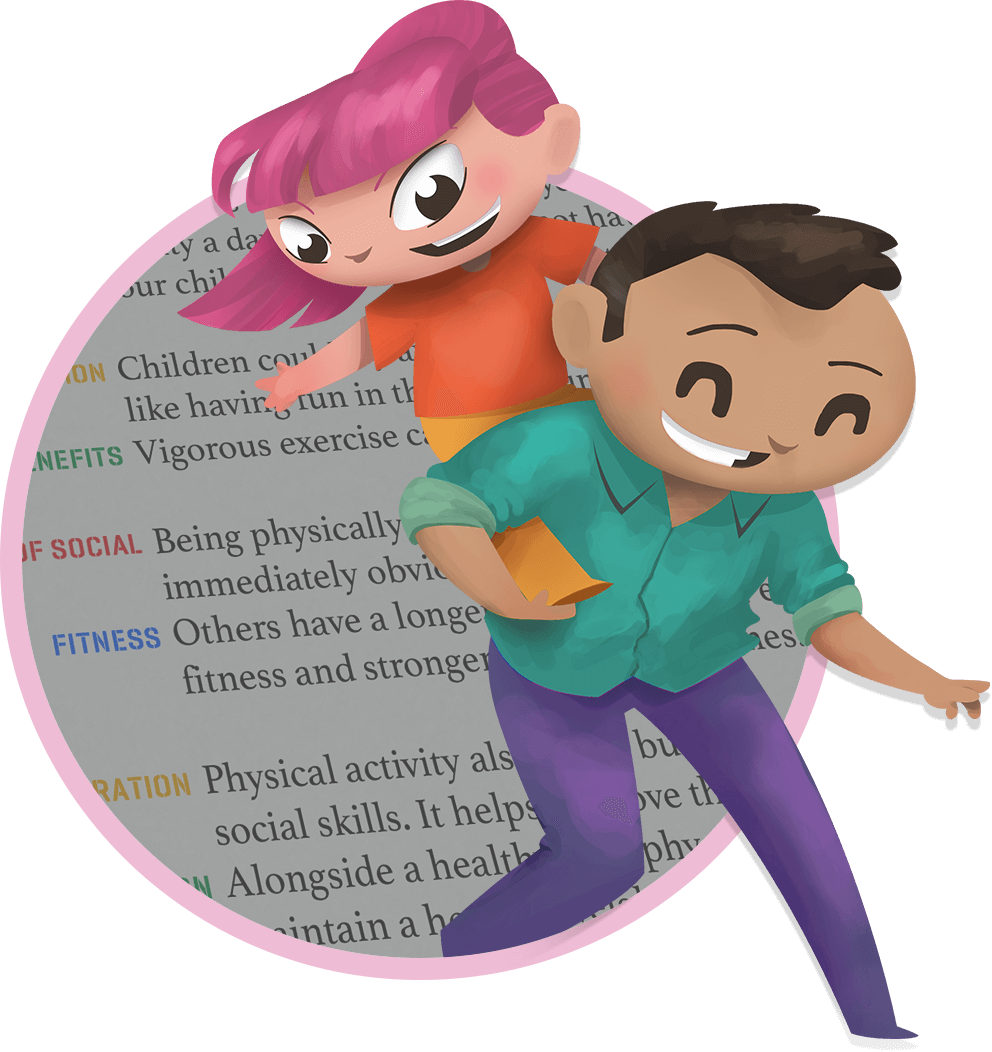Are you suffering from Hay fever?

What is hay fever?
Hay fever is an allergic reaction to pollen, typically when it comes into contact with your mouth, nose, eyes and throat. Pollen is a fine powder from plants.
Hay fever is usually worse between late March and September, especially when it’s warm, humid and windy. This is when the pollen count is at its highest.
Check if you have hay fever
Symptoms of hay fever include:
- sneezing and coughing
- a runny or blocked nose
- itchy, red or watery eyes
- itchy throat, mouth, nose and ears
- loss of smell
- pain around your temples and forehead
- headache
- earache
- feeling tired
If you have asthma, you might also:
- have a tight feeling in your chest
- be short of breath
- wheeze and cough
Hay fever will last for weeks or months, unlike a cold, which usually goes away after 1 to 2 weeks.
How to treat hay fever yourself
There’s currently no cure for hay fever and you can’t prevent it. But you can do things to ease your symptoms when the pollen count is high.
Do
- put Vaseline around your nostrils to trap pollen
- wear wraparound sunglasses to stop pollen getting into your eyes
- shower and change your clothes after you’ve been outside to wash pollen off
- stay indoors whenever possible
- keep windows and doors shut as much as possible
- vacuum regularly and dust with a damp cloth
Don’t
- cut grass or walk on grass
- spend too much time outside
- keep fresh flowers in the house
- smoke or be around smoke – it makes your symptoms worse
- dry clothes outside – they can catch pollen
- let pets into the house if possible – they can carry pollen indoors
For further information, please see https://www.allergyuk.org/information-and-advice/conditions-and-symptoms/11-hay-fever-allergic-rhinitis

